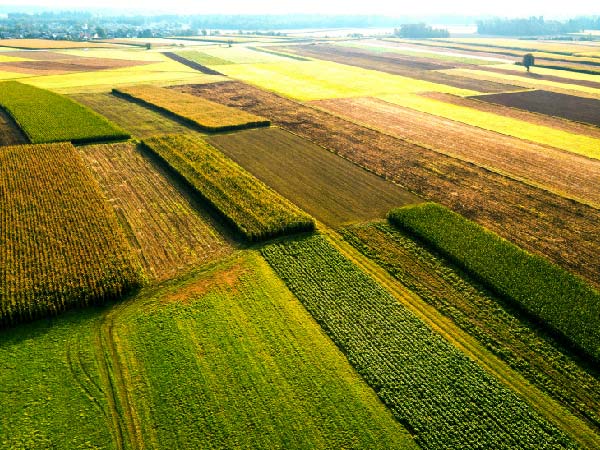All you need to know after CTILive! – Part One
Gen10 recently attended the commodity trading virtual event CTI Live! The event featured 6 fascinating panels across the 3 days, covering a wide range of relevant and topical subjects, from supply chain structure to climate change. Gen10 were invited to speak on digitalisation in commodities and on the new trade finance landscape.
In this first part of our quick event overview, we summarise 3 of these sessions:
Digitalisation in commodities: lessons learnt from 2020?
Commodities and politics: is 2021 bringing more disruption than 2020?
Climate change: how can commodity trading catch up?




